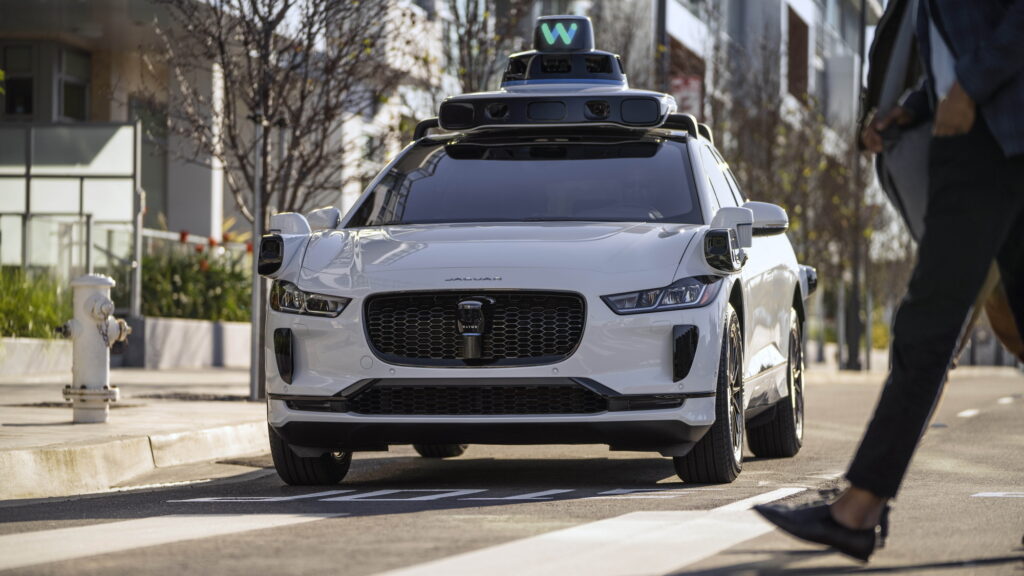GM’s Tiny SUV Is Just One Plastic Cladding Away From Being A Baby Land Cruiser FJ
- GM sells a small, cute SUV in China through partner company Wuling.
- Company confirmed the Yep Plus will be sold in Brazil as a Chevrolet.
- The Brazilian model uses a 42 kWh battery and 101 hp electric motor.
While some Land Cruiser fans are thrilled that Toyota has added a smaller, more affordable model to the lineup with the FJ, many in America were disappointed to learn the new version won’t be sold locally.
Looking through the photos released by Toyota, we couldn’t quite put a finger on what the Land Cruiser FJ reminded us of, aside from the obvious Hilux Champ it’s based on. Then it clicked, after we came across a GM-built model from China that’s now going global.
Read: Toyota’s Baby Land Cruiser FJ Looks Retro Enough To Break Your Heart
The vehicle in question is sold in China as the Baojun Yep Plus and was developed through the GM–Wuling joint venture. It’s not a focused off-roader like the new FJ, nor is it powered by a traditional combustion engine, but rather by an electric powertrain.
Now, we’re not suggesting the FJ copied the Baojun Yep Plus, but it gives off a similar vibe, and to our eyes, it looks every bit as good, if not better, than Toyota’s baby FJ Cruiser.
From the side, the two share a similar silhouette, though the GM model is noticeably smaller at 157.3 inches (3,996 mm) long, 69.3 inches (1,760 mm) wide, and 68 inches (1,726 mm) tall, with a 100.8-inch (2,560 mm) wheelbase, compared with the Toyota’s 180.1 inches (4,575 mm) in length, 73 inches (1,855 mm) in width, and 77.2 inches (1,960 mm) in height, riding on a 101.6-inch (2,580 mm) wheelbase.
Technically, that makes it a baby version of the baby Land Cruiser FJ.


The Yep Plus has the same boxy proportions as the FJ, though its bumpers are smoother and more rounded since it’s not built for off-roading. It also forgoes the Toyota’s jagged wheel arch extensions, while the positioning of the headlights and taillights appears closely aligned.
That said, the FJ’s taillights sit quite high and jut slightly from the body, while the Baojun’s units are more neatly integrated into the rear fascia.
There’s no doubt that weaving retro cues into a new design, as GM and Wuling have done with the Yep Plus, helps it resonate with a wider audience. Toyota has taken a similar route with the FJ, giving it a retro-modern character that plenty of buyers would likely appreciate. It’s just a shame it won’t reach the United States.
Brazil Gets its own Baojun
In July, GM revealed that it would export the Yep Plus to Brazil, rebadging it as the Chevrolet Spark EUV. It will be sold as standard with a 42 kWh battery pack and a single rear-mounted electric motor with 101 hp and 133 lb-ft (180 Nm) of torque, giving it 249 miles (401 km) of range on the CLTC cycle.
While we’re not convinced it would sell in big numbers if launched in the U.S. as an affordable EV, it could find success with a small, efficient combustion engine paired with a more rugged makeover featuring wider fenders and extra plastic cladding. What do you think?


















